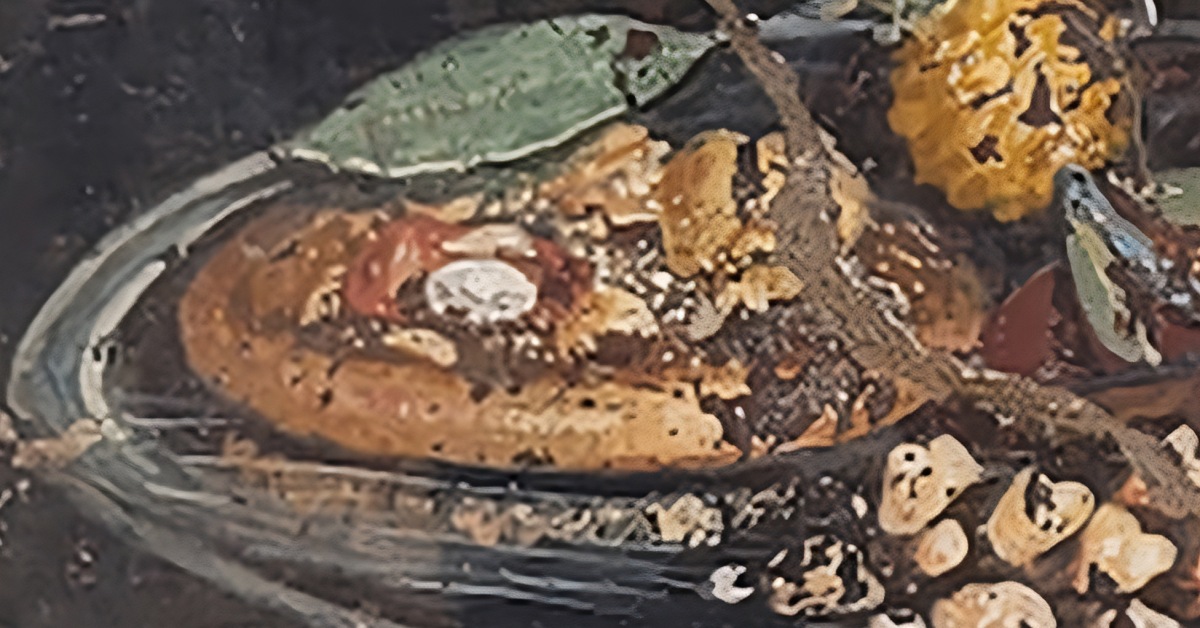A part of a fresco discovered by archaeologists in the ancient Roman city of Pompeii depicts what could be a precursor to the Italian pizza we know and love today.

The flatbread seen on a 2,000-year-old fresco discovered in the hall of a house next to a bakery during recent digs at the ruins of the city in southern Italy “may be a distant ancestor of the modern dish”, Italy’s culture ministry said.
The site is located a mere 23 kilometers (14 miles) away from the city of Naples, which holds the esteemed UNESCO protection for the Italian pizza, but experts say the food depicted on the fresco lacks the traditional ingredients to be classified as the Naples staple.
The discovery was made this year, as part of the recent excavations in Regio IX, one of the nine districts within the central area of Pompeii. The building had undergone partial excavation during the 19th Century, but the digging resumed in January, nearly two millennia after the eruption of Mount Vesuvius buried the city in ash, killing its residents.
Experts at the UNESCO World Heritage site have revealed that, alongside the skeletons of three people found near the oven in the working areas of the home, a newly-unearthed fresco has emerged, depicting a flatbread alongside a wine goblet. They say this ancient flatbread might have been consumed alongside fruits like pomegranates or dates, or adorned with spices and a type of pesto sauce.

According to Pompeii director Gabriel Zuchtriegel, the find shows the contrast between a “frugal and simple meal” and the “luxury of silver trays”.
“How can we fail to think, in this regard, of pizza, also born as a ‘poor’ dish in southern Italy, which has now conquered the world and is also served in starred restaurants,” he added.
